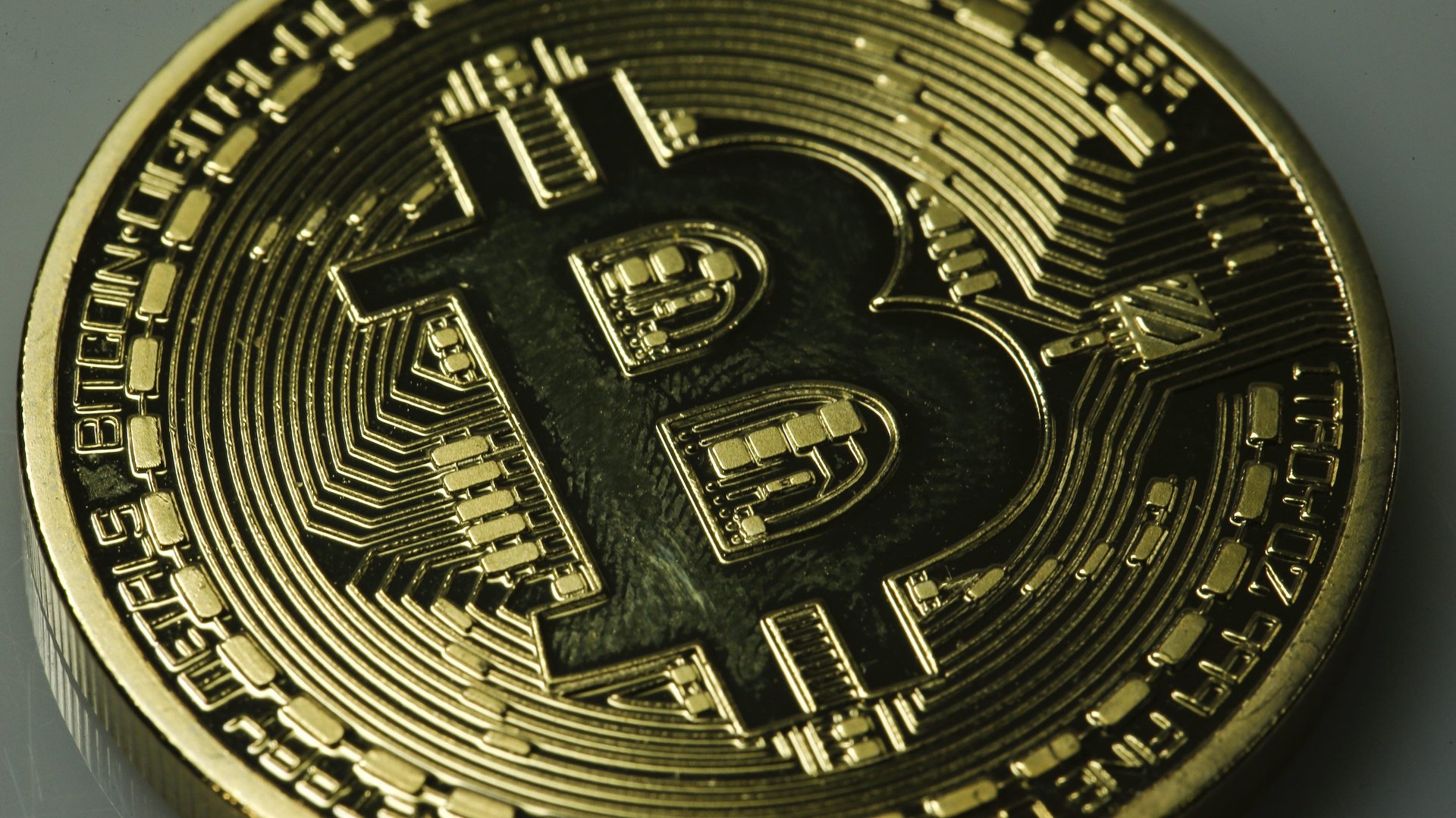Bitcoin is closing in on its 2016 peak. A handful of theories attempt to explain the rally
In a year of monster hackers, the rise of new cryptocurrencies, and its own unresolved ”civil war” over how to enlarge its transaction capacity, bitcoin has not only survived, but thrived.


In a year of monster hackers, the rise of new cryptocurrencies, and its own unresolved ”civil war” over how to enlarge its transaction capacity, bitcoin has not only survived, but thrived.
The price of bitcoin has risen by 19% this month to a high of $718, putting it within touching distance of its 2016 peak.
As with most bitcoin price movements, the reason for the current rally is a bit of a mystery. (The 2016 peak was easier to explain the most, as it coincided with the UK’s vote for Brexit.) As for the latest price climb, here are some of the leading theories circulating among crypto traders:
Bitcoin is a hedge against yuan depreciation
The Chinese yuan has fallen 4% against the dollar so far this year, bringing it to a six-year low. Some Chinese traders are using bitcoin, along with gold, as a hedge against further yuan weakness, Bloomberg reports. Currency hedging in China is complicated by the country’s capital controls, making freely traded bitcoin more attractive. Also, a government ministry recently released its first ever study of blockchain technology, the technology which underpins bitcoin, and it was overwhelmingly positive.
People are turning to bitcoin as China tightens wealth management regulations
This is another China theory. With China’s central bank saying it will start scrutinizing high-yield investment products to rein in credit growth, as the Wall Street Journal reports (paywall), the crackdown gives Chinese traders another reason to flock to bitcoin. This is the theory currently being discussed on the notorious financial blog Zerohedge.
A solution to bitcoin’s “civil war” is at hand
A long awaited update to the bitcoin core, the software that governs the cryptocurrency, includes a ”soft fork” solution to the problem of limited transaction capacity on the bitcoin network. The solution is called “segregated witness” and it allows bitcoin miners and others running the core software to up transaction capacity without running the existential risk of a “hard fork” that would split the currency’s blockchain. (A “hard fork” would force users to choose between two bitcoin blockchains, and would seriously undermine faith in the digital coin.)
Bitcoin’s liquidity is like a mid-cap US stock now
In a new report from Needham and Co., highlighted by Zerohedge, the investment bank lifted its price target for bitcoin from $655 to $848, citing improved stability and deepening liquidity. The report notes that Bitcoin’s famous volatility is now about the same as that of oil (although arguably that’s not saying much), while its liquidity is comparable to that of a US mid-cap stock.
The counterarguments
The above theories have their counterpoints. For instance, while the “segregated witness” soft-fork solution has gained the support of large parts of the bitcoin ecosystem, major opposition still exists. A major mining pool called ViaBTC has vowed not to support the soft-fork, and it has enough processing power to prevent its implementation.
As for the theories about Chinese traders treating bitcoin as a store of value, or using it to evade the country’s capital controls, these hypotheses have been trotted out after each bitcoin price rise, because the majority of bitcoin trading by volume takes place in China. But exchange owners have reported that their customers are speculators, not people trying to stash money outside the country. There are also far more popular ways to do this, like “smurfing,” when a sum of money is broken down into smaller chunks of cash.
But in bitcoin, as with other markets, perception is as important as reality. For now, bitcoin’s investors will be happy to repeat their familiar refrain about the cryptocurrency’s price: “To the moon!“